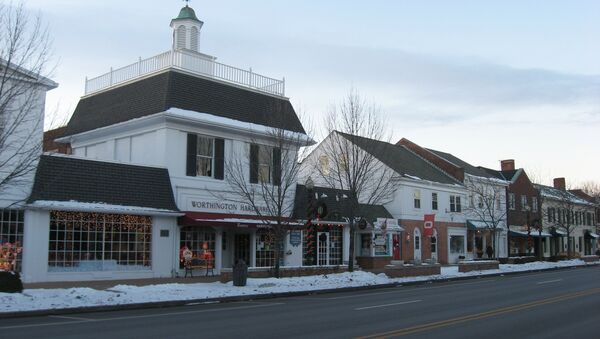Kristian Rouz – With 30-year fixed mortgage rates stuck at below the 4-percent threshold despite the Federal Reserve’s tightening cycle, US home sales gained momentum as the constrained supply pushed home prices higher. Last month, sales exceeded expectations as hurricane-related concerns eased, and consumer purchasing power remained solid.
NAR revised September sales downward to 5.37 mln units from the previously reported 5.39 mln, while market consensus expectations for October reflected a 0.7-percent rise, to 5.42 mln units last month.
READ MORE: US Consumption, Housing Data Suggest Mediocre 2Q16 Growth
The American South contributed the largest share of houses sold, as average home prices in the region remained lower than in the nation’s most prominent metropolitan areas. The South posted a 1.9-percent increase in home sales, while the measure also rose in the Midwest and West.
The NAR reported that local submarkets in Houston, TX, and Jacksonville, FL rebounded after their hurricane-related slump in September.
“While this summer’s storms undoubtedly took some steam out of the housing market, the greater problem remains the general lack of inventory,” Mark Vitner of Charlotte, NC-based Wells Fargo Securities said. “People simply are not moving as much as they used to.”
Existing home sales represent roughly 90 percent of all residential real estate sales in the US.
READ MORE: US Fed Considering Basic Plan for Post-Brexit Vote Market Volatility
Year-on-year, however, sales dropped 0.9 percent, and remained well below their 10-year highest recorded in March at 5.70 mln units sold. Additionally, the supply side of the market crashed by a whopping 10.4 percent, to its lowest on the record, at 1.8 mln units.
Meanwhile, the median home price rose 5.5 percent in October year-on-year, despite the annualized decline in sales.
Housing has also become less affordable, as the market witnessed a shortage of less expensive homes. Construction companies are deliberately developing higher-priced properties, seeking to maximize their profits in the credit-driven market.
"Selection is slim across the board, driving up prices, but even more so for those seeking less expensive and entry-level homes," Svenja Gudell of Zillow said.
"Currently, roughly half of what's available to buy is priced in the upper one-third of home values, leaving scant options for those aging millennials and young families trying to get their foot in the door."
READ MORE: US Home Sales Fall to Lowest Rate in Nine Months — Realtors
On the supply-side of the pre-owned home market, an ever-increasing number of homeowners are refraining from selling their homes. Typically, the supply-side was driven by sellers seeking to buy a higher-end, larger, and more expensive house, while their old property would go to a first-time buyer. This is no longer happening, as households can’t afford to improve their living conditions further as they are already buried in debt.
Another problem is that property managers are struggling to sell a significant number of new homes due to their prohibitively high prices. Previously, many new homes would move into the pre-owned category within a year or two of being commissioned, but currently many properties built as early as 2015 are still listed ‘new’ – as they haven’t been sold yet.
Despite this, unemployment is at a 17-year low: workers can’t afford to buy due to wages that have remained stagnant since the mid-1990s, when builders can’t find workers, they have to resort to illegal immigration to replenish the shrinking pool of available workforce.




